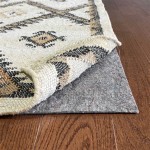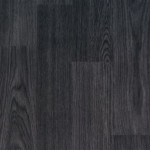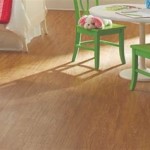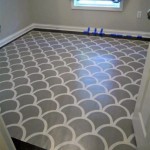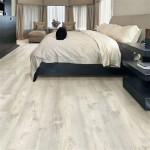Restoring hardwood floors is a great way to preserve the beauty and value of your home. Hardwood floors add character and class to any room, and with proper care and maintenance, they can last for many years. But when hardwood floors become worn or damaged, it can be difficult to know where to start. This guide will provide you with a comprehensive overview of the restoration process, so you can get your hardwood floors looking like new again.
Assessing the Damage
The first step in restoring hardwood floors is to assess the damage. This will help determine the type of restoration that’s needed and the best course of action to take. If the damage is minor, such as scuffs or scratches, then a light sanding may be all that’s required. But if the damage is more severe, then deeper sanding and refinishing may be necessary.
Preparing for Restoration
Once you have assessed the damage, the next step is to prepare the floor for restoration. This includes removing all furniture and rugs from the area and thoroughly vacuuming the floor. You may also need to tape off any areas that you don’t want to be sanded, such as edges and corners. This will help ensure that the sanding process is done carefully and accurately.
Sanding the Floor
Sanding is the most labor-intensive part of the restoration process. It is important to use the right type of sandpaper and to do the job correctly. Start with a coarse-grit paper and work your way up to a finer grit until the floor has a smooth finish. Be sure to use a dust mask and avoid breathing in the particles.
Staining and Finishing
Once the floor has been sanded, you can start staining and finishing. A variety of stains are available to choose from, including water-based, oil-based, and gel stains. The type of finish you use can also have a big impact on the look of the floor. Polyurethane, wax, and oil-based finishes are all popular options.
Cleaning and Maintenance
The last step in hardwood floor restoration is to clean and maintain the floor. Regular dusting and vacuuming will help keep the floor looking its best. You should also avoid using harsh cleaning products, as these can damage the floor. Instead, use a damp mop and a gentle cleaning solution to remove dirt and grime.
Conclusion
Restoring hardwood floors is a great way to bring back their natural beauty and extend their life. By following the steps outlined in this guide, you can restore your hardwood floors and keep them looking great for many years to come. With proper care and maintenance, your hardwood floors can last for decades.








![How to Fix Buckling Wood Floor [Avoid These 3 Mistakes]](https://i2.wp.com/woodworkingclarity.com/wp-content/uploads/2022/06/Removing-glued-wood-fooring-from-subfloor-2021-10-1.jpg)





Related Posts


